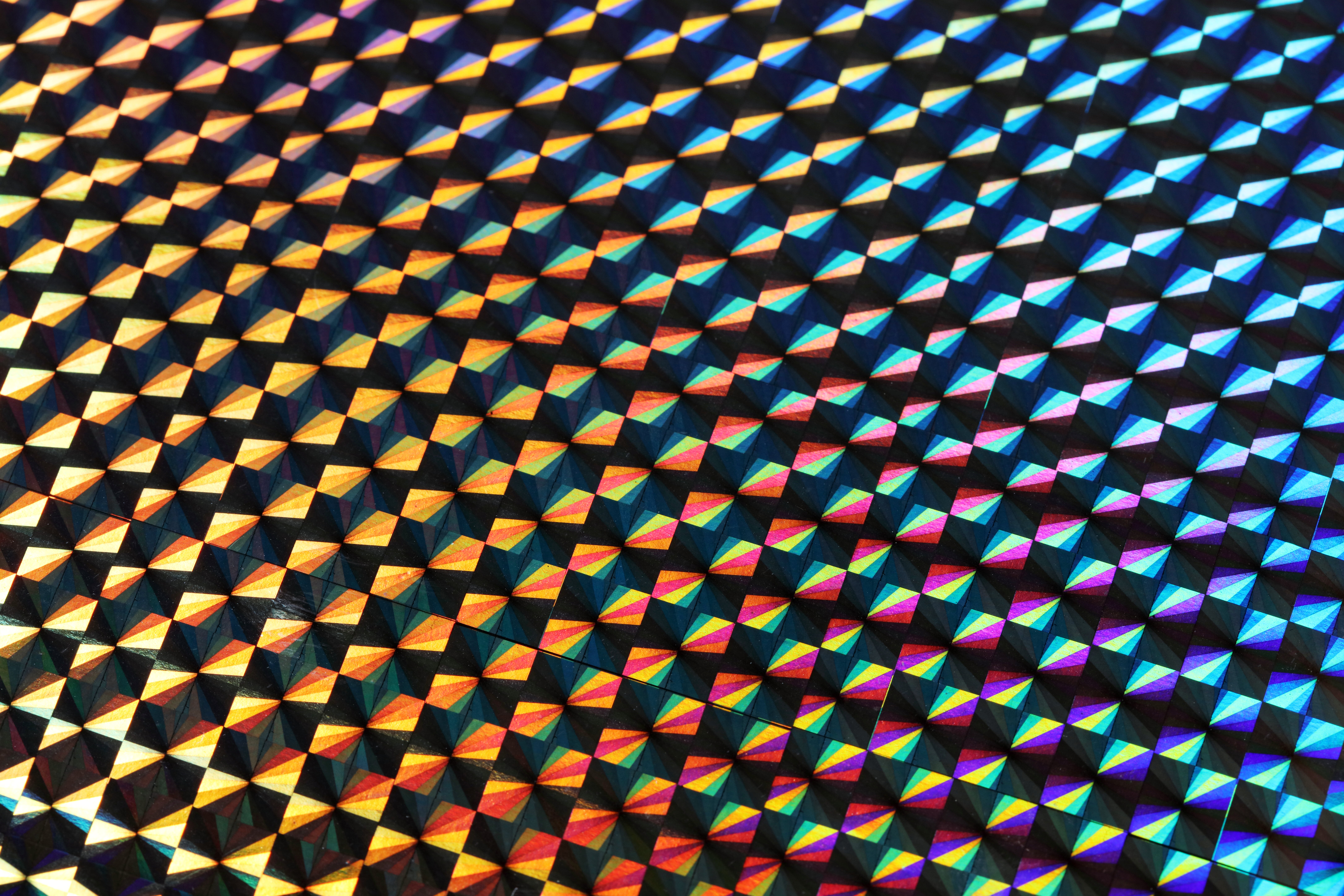After decades of facing the strokes of counterfeiting and intermediary price manipulation against its palette, the art industry is ready to turn the page and enter the world of blockchain technology.
Graham Goddard, the CEO of All Public Art (APA), provides a unique platform that helps address the very issues the art community has been plagued with for decades, and restores its colorful history by moving it onto the blockchain.
Why Does The Art Community Need Blockchain Technology?
The art market has been facing counterfeiting and fraud for decades. By providing a mechanism for validating the authenticity of artwork as well as transparency in its chain of custody and sales history, APA allows the market to be cleansed and revitalized into the elegant beauty it once was.
“The transparency of the blockchain is huge, especially in the art market,” says Goddard. The art market is a bit of an enigma; you don’t really get a chance to know the ins and outs of what’s happening as an artist, and you don’t really know what a gallery is doing in terms of authenticating artwork, as it’s more about taking someone at their word.
“The greatest thing for art aficionados is being able to conduct these transactions in a way that allows them, once they have the work of art, to have a digital certificate of authenticity connected to the blockchain, which can in turn be utilized for future sales and transactions in securing an asset,” explains Goddard.
It’s time the art community was introduced to blockchain tech and the security benefits it could bring to a world full of beauty and innovation.
A P2P Art Community Powered By The Blockchain
In any transaction involving art, there’s a buyer, a seller, and an intermediary, most often an auction house, art consultant, or art gallery. No stranger to the transaction, commission fees and shadows of doubt engulf the art community. APA introduces a peer-to-peer community for artists, collectors, and other aficionados to market and collect works.
A Digital History of An Artist’s Portfolio
Artists no longer have to worry about the paper trail following their portfolio, or manipulating the details comprising it; instead, they can showcase the history of their portfolio on the blockchain, as it really is. And galleries using this platform are able to confirm their inquiries on a system that they trust.
Digital Certificates of Authenticity And Smart Contracts
By utilizing smart contracts, each artist and artwork has its own unique ID, allowing every transaction to be verified and secured in the marketplace. Placing these contracts on the blockchain reduces the potential for manipulation of facts or details concerning an artist or their work.
As to the authenticity of the works themselves, having multi-step verification allows the owners of works to confirm their legitimacy and value. Depending upon the collector or institution, additional verification steps may be needed to confirm a work’s legitimacy.
While the current market isn’t as transparent as it should be – or as patrons would like it to be – the blockchain provides as much transparency as possible, ensuring that an artwork’s data is verifiable to institutions, law enforcement, collectors, and art galleries, but keeping the identities of collectors protected.
Eliminating The Intermediary and Commission
In today’s market, having to go through intermediaries makes transactions less transparent and more costly. Removing them from the equation, or “checking” their power in a sense, allows artists to feel more empowered, all while allowing parties to a transaction to work in a closer, more transparent manner.
“The art market is unique in that we have intermediaries that will always be here,” says Goddard. They are healthy for the market and they drive the momentum of moving art in general. The problem is that artists are subject to intermediaries, and there are very few other options for the entrepreneur artist. When technology comes around, it helps tremendously. What he is doing is introducing regtech, or regulation technology, making this space more secure for everyone involved.
“In the past, we’ve all needed them, especially as a young artist trying to make a name for myself,” says Goddard. It’s nice to keep them involved, but even nicer not to need them.
Meet The AllPublicArt Token
Valued at $0.075, the AllPublicArt Token is an ERC20 token that operates on the Ethereum (ETH) blockchain.
“Artists, by holding a token, are able to utilize it in many ways, most notably to purchase tools or canvases at discounted rates, ultimately saving money,” explains Goddard.
The Future
“Today, the art industry remains traditional and used to business as usual, [and] pivoting with technology and innovation has just been a challenge,” says Goddard. The art world has giants when it comes to business, due to the dominance of big-name art galleries and auction houses. The challenge is helping the global art community pivot to be more flexible and financially free, and helping the entrepreneurial artist to thrive.
Moving away from the traditional art space, blockchain tech is extremely attractive to the market. The challenge is educating the global art community about blockchain technology and what it could mean for everyone involved.
For more information, you can read more about APA in its whitepaper.

